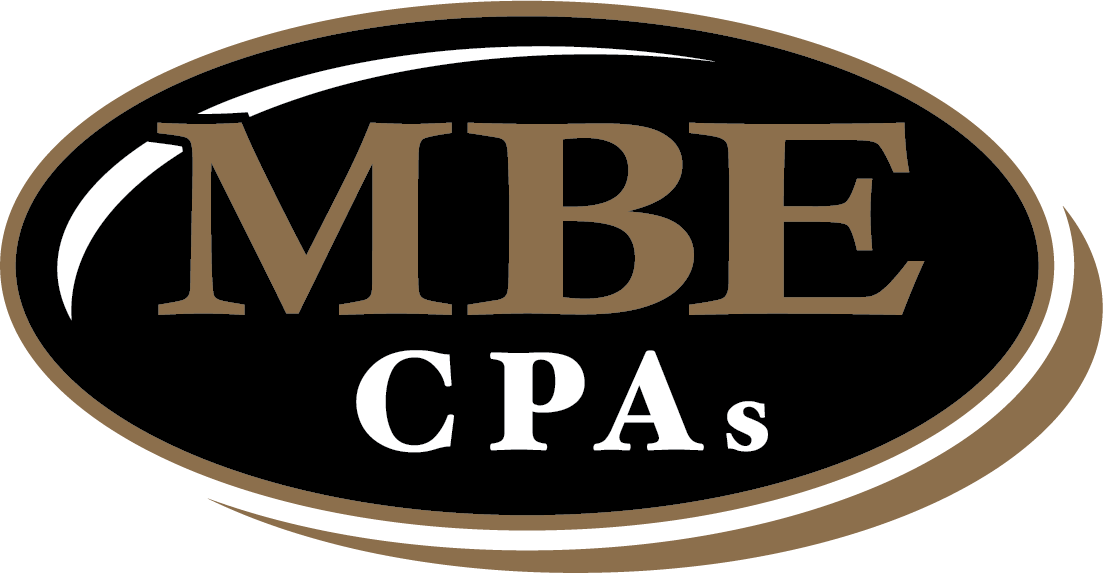Increased Clean Energy Tax Credit for Homebuilders
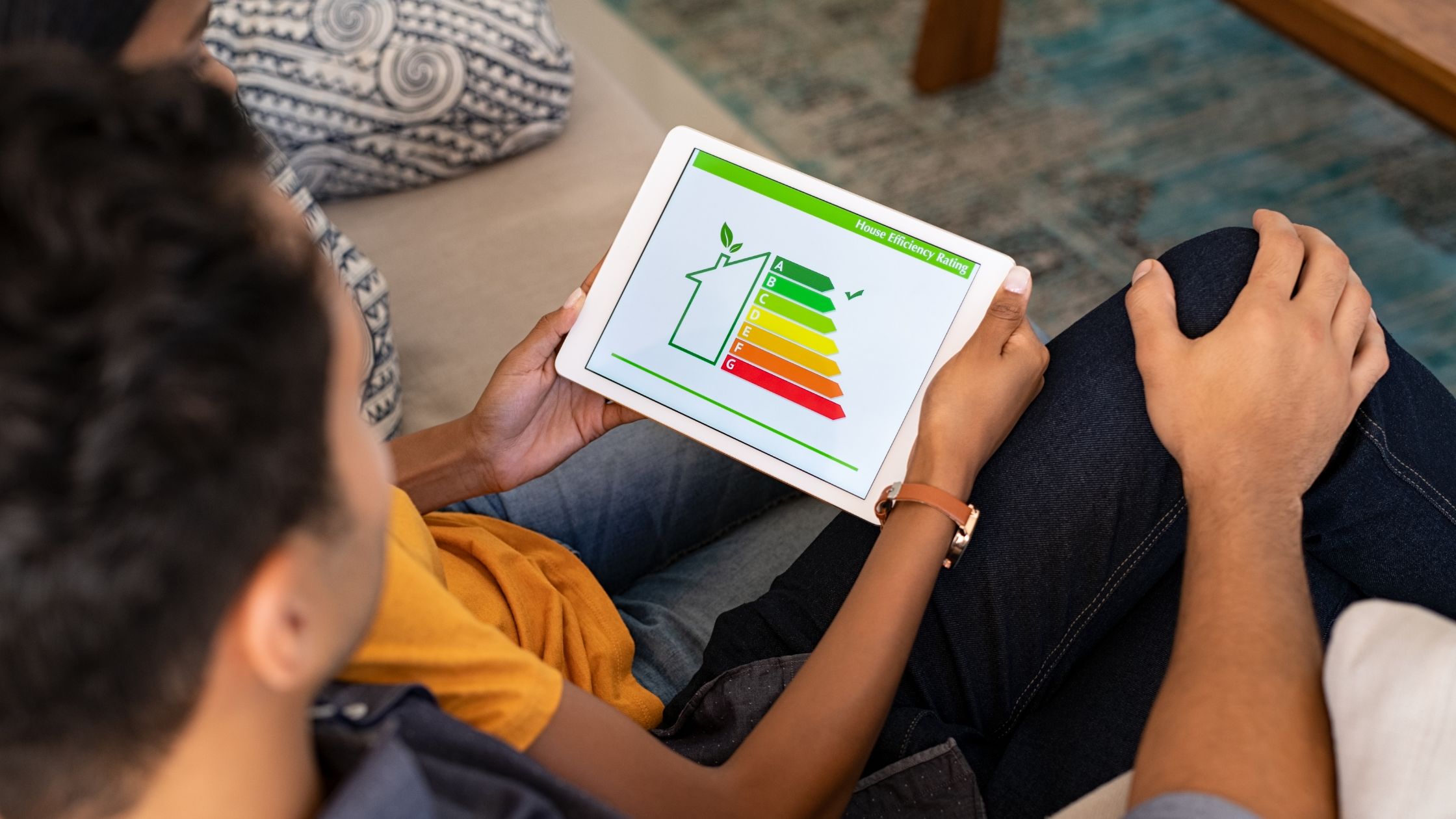
Do you remember when people said the world would end in 2012? Some believed it, while most wouldn’t stop talking about it, so much so that someone released a song about it.
Ten years have passed since then, and we’re still here. Indeed, the world is not ending soon, but have you noticed how hazy your surroundings have become? Or how the year’s first snow came in late? Or how the summer heat stung a bit worse each passing year?
Nonetheless, we still have plenty of time to reverse some of the effects of global warming. Thus, the government continues to push for the clean energy movement. Its goal is to drive investments toward a cleaner, domestic, and more secure energy future. Incentives like the tax credit granted to contractors building energy-efficient new homes strengthen this advocacy’s call to action.
What is the Clean Energy Tax Credit?
The clean energy credit is a tax incentive provided under Section 45L of the Internal Revenue Code. Under it, eligible multifamily developers, investors, and homebuilders are rewarded as follows:
For Site-Built Homes
$2,000 credit if certified to reduce heating and cooling energy consumption by 50% and meet minimum efficiency standards established by the Department of Energy.
For Manufactured Homes
- $2,000 credit, if the homes conform to Federal Manufactured Home Construction and Safety Standards and meet the energy savings requirements as that of site-built homes
- $1,000 credit if they comply with the Federal Manufactured Home Construction and Safety Standards and reduce energy consumption by 30% or meet ENERGY STAR Labeled Home requirements.
Unfortunately, this incentive expired after 2021…but hold on because we have good news.
The Inflation Reduction Act Extended and Expanded the Tax Credit
The Inflation Reduction Act (IRA), passed on August 16, 2022, not only extended the credit through 2032 but also expanded and increased its coverage.

Depending on the energy efficiency requirements met, a taxpayer may qualify for a tax credit ranging from $500 to $5,000, as opposed to the previous maximum tax credit of $2,000.
Multifamily Homes
– $500 if the home meets the Energy Star Single Family New Homes Program
– $1,000 when certified as a Zero Energy Ready Home by the Department of Energy
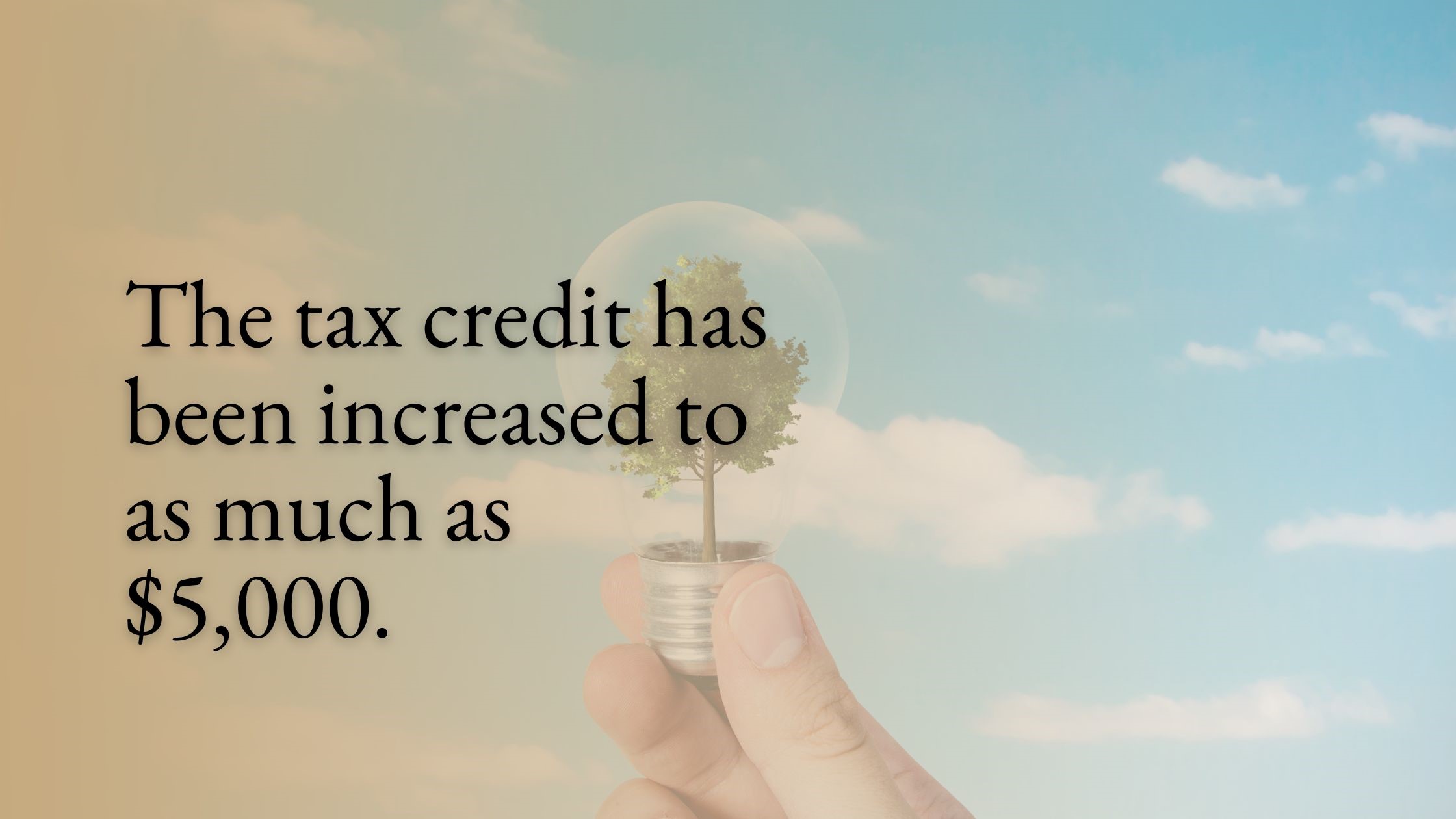
Single Family and Manufactured Homes
– $2,500 when the home is constructed following the standards of the Energy Star Residential New Construction Program or the Manufactured Homes Program
– $5,000 when certified as a Zero Energy Ready Home by the Department of Energy
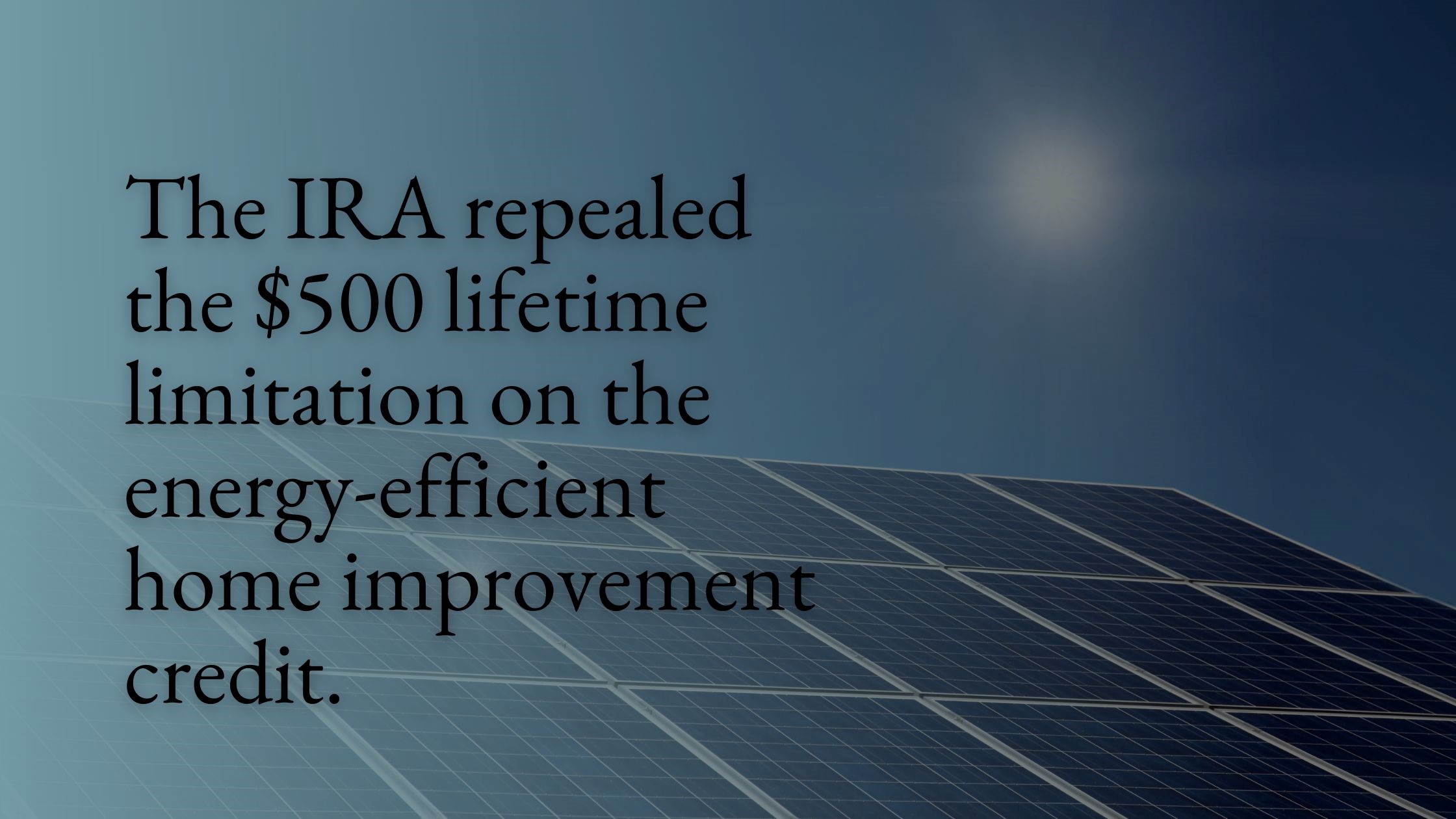
Under the IRA, after December 31, 2022, the $500 lifetime limit for the energy-efficient home improvement credit will be removed. Instead, it shall be capped generally at $1,200 per year.
Further, the rate shall be 30% of the sum of qualified expenditures paid by the taxpayer during the year, which include:
- Qualified energy efficiency improvements
- Residential energy property expenditures
- Home energy audits
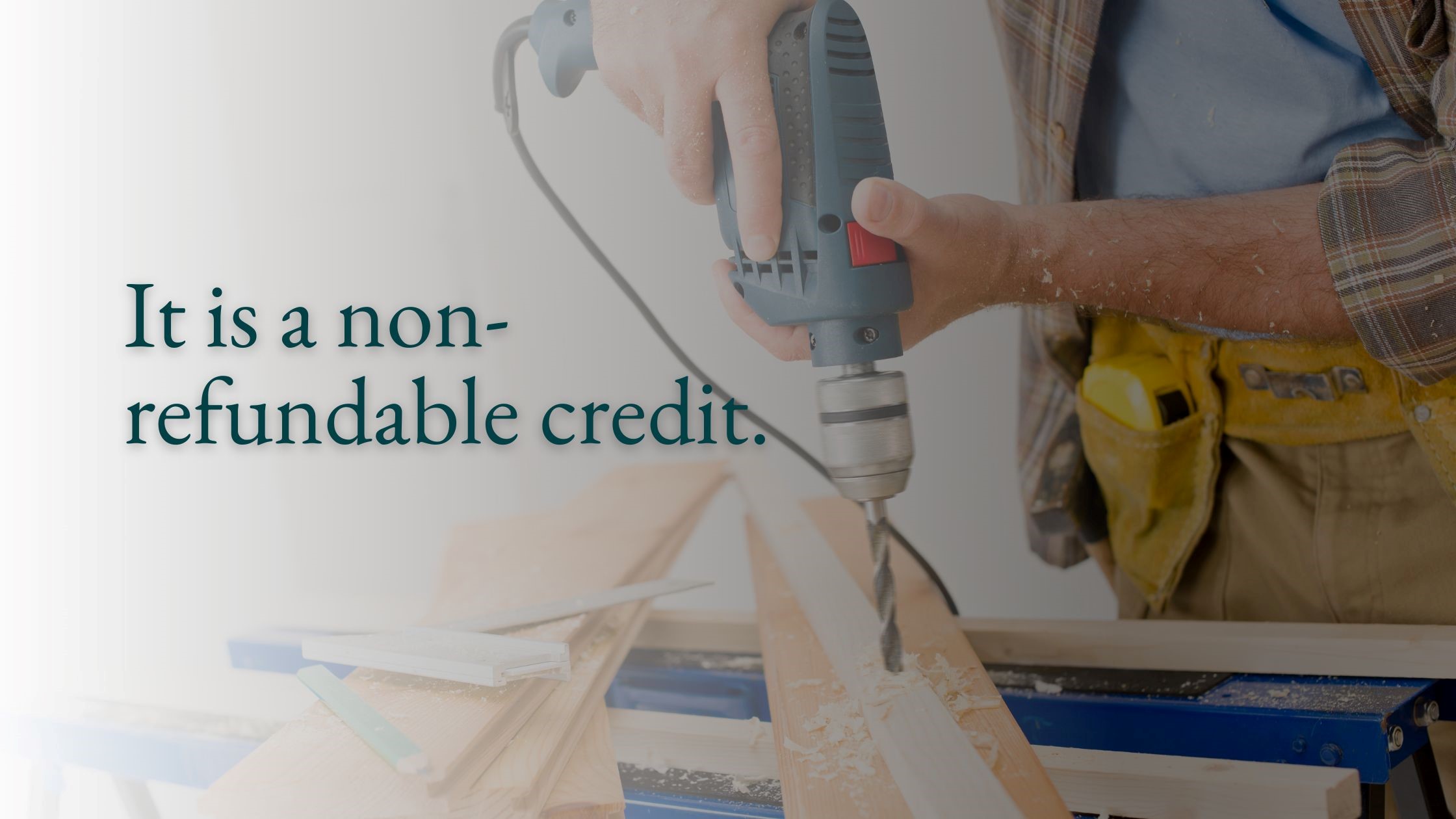
The credit can only offset your tax liability, and you cannot refund the excess. However, you can carry it over to compensate for your tax liability for the next 20 years.
The Bottom Line:
As of November 2022, around 1.49 million houses have been completed, while about 1.43 million have started construction. Suppose even half of these numbers are energy-efficient homes. In that case, we can look forward to a brighter future, with lower greenhouse gas emissions, reduced water consumption, cheaper individual utility bills, stable electricity prices and volatility, and more.
So, let’s all work together to save the world, one home and one tax credit at a time!
Tax season is upon us, and you must ensure you’re accounting for all tax credits and deductions available to you. With many changes to keep track of, it’s easy to get lost in a pile of tax legislation, regulations, and IRS guidelines. Talk to your trusty tax professional to help you navigate this. Additionally, you can download the MBE CPAs app for timely tax alerts and updates!
